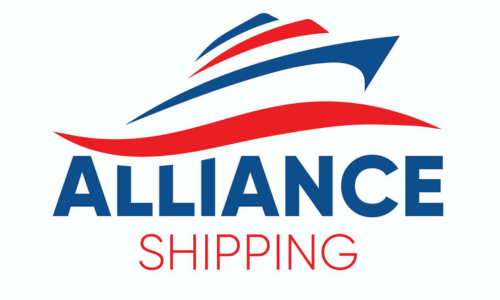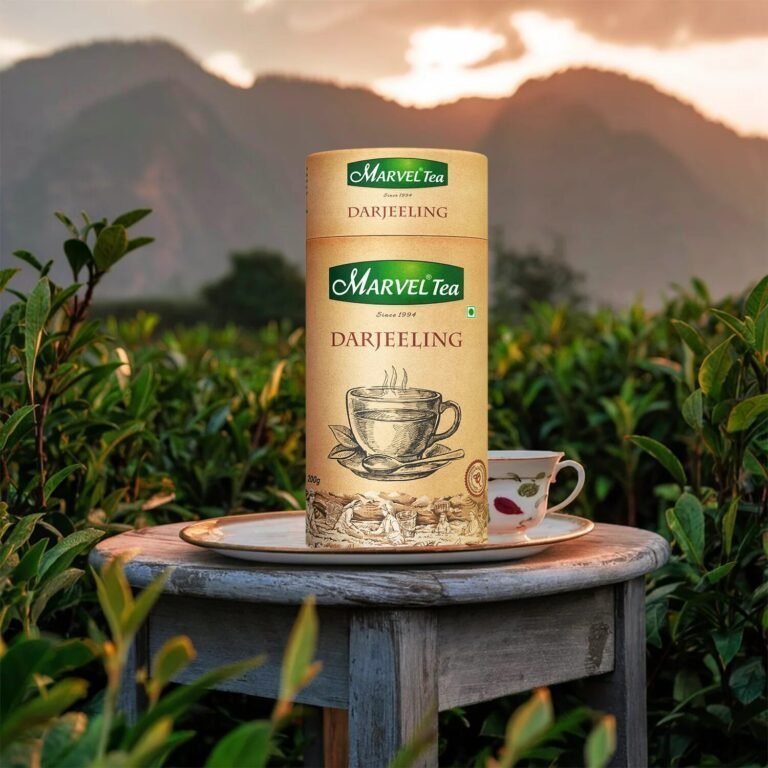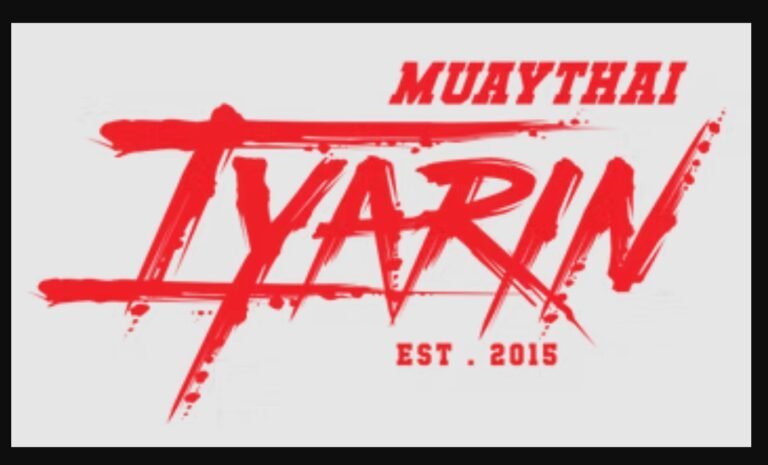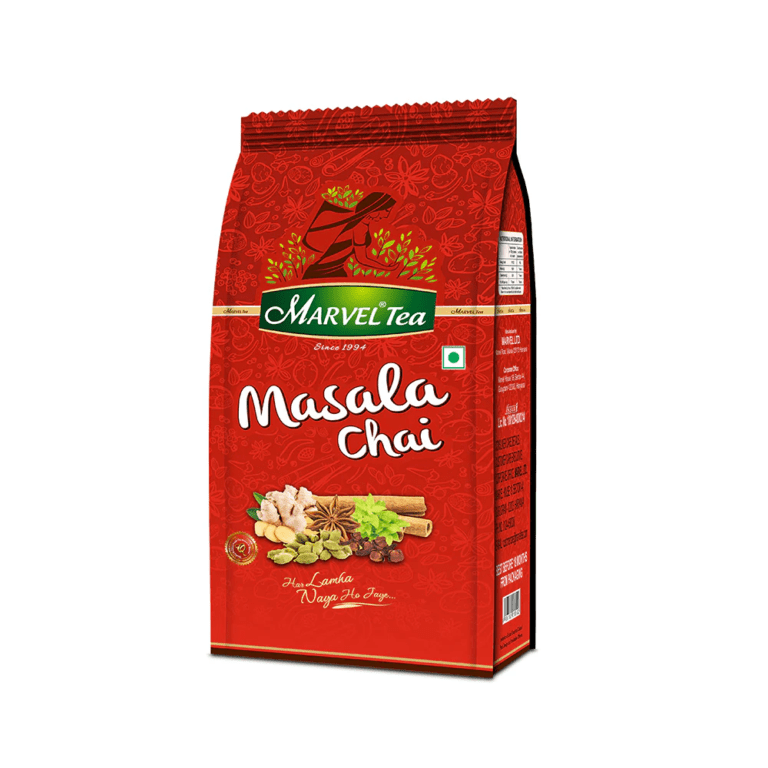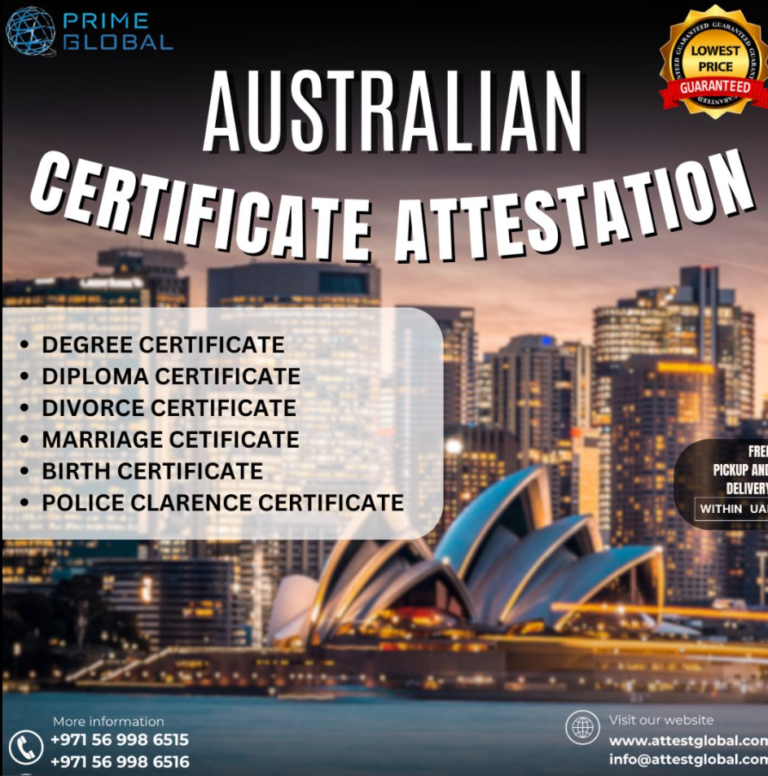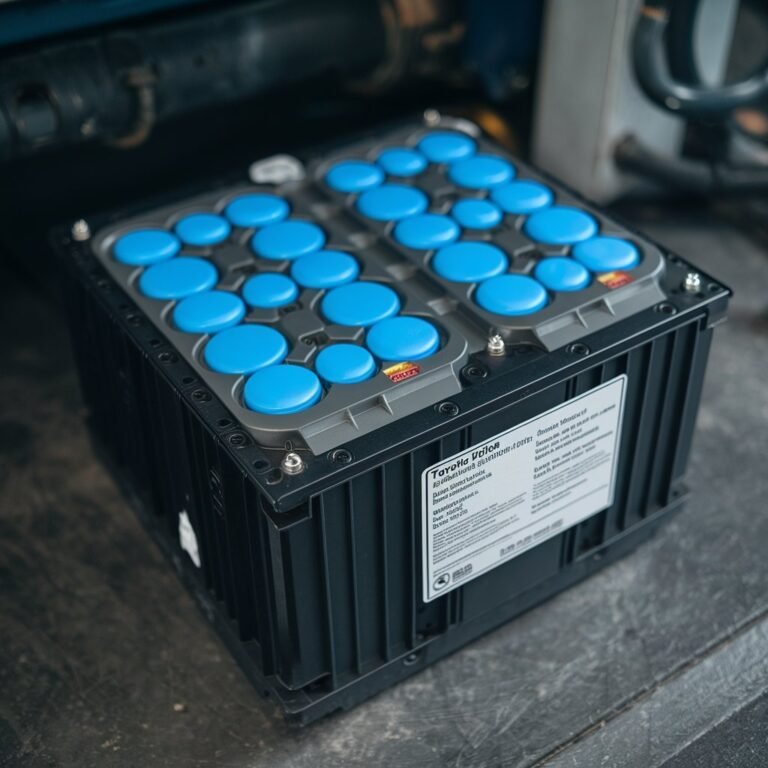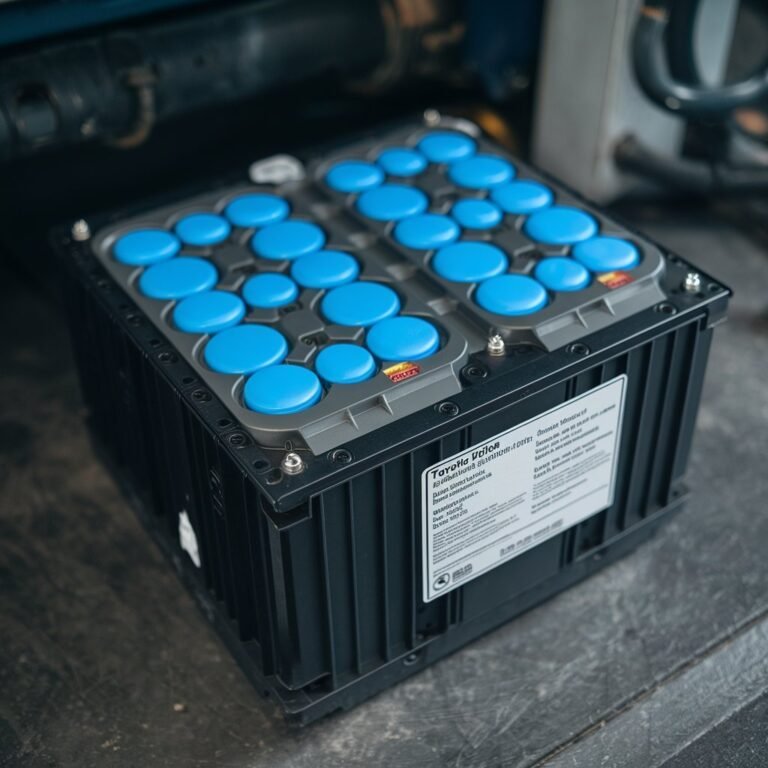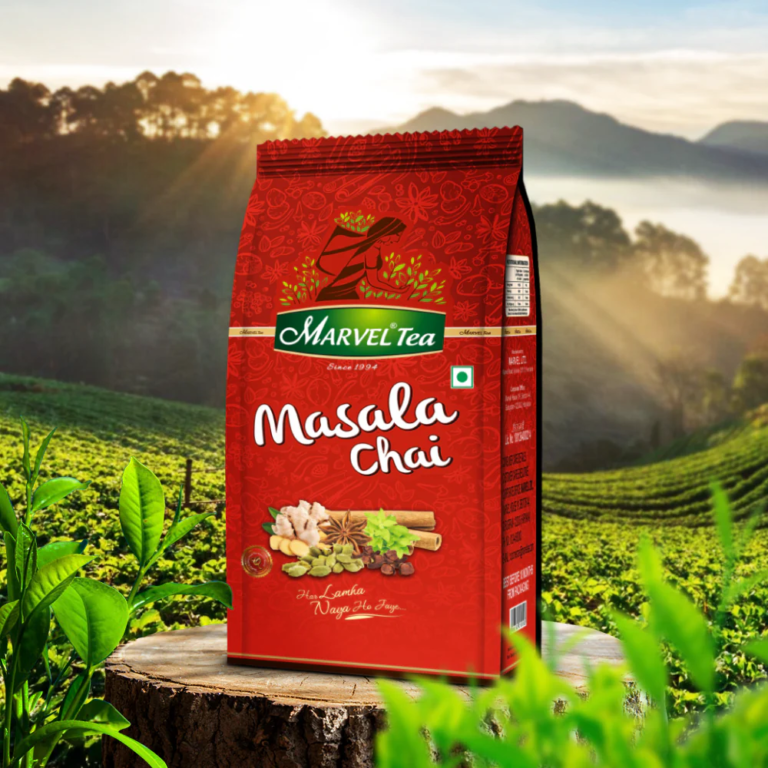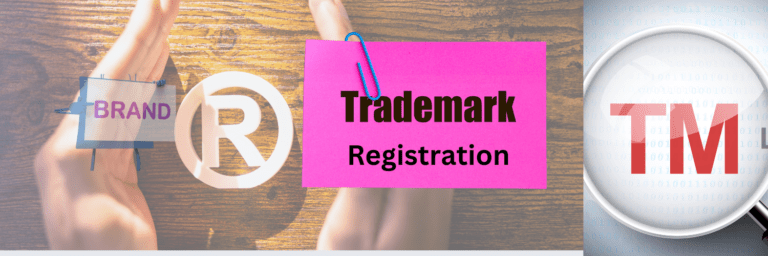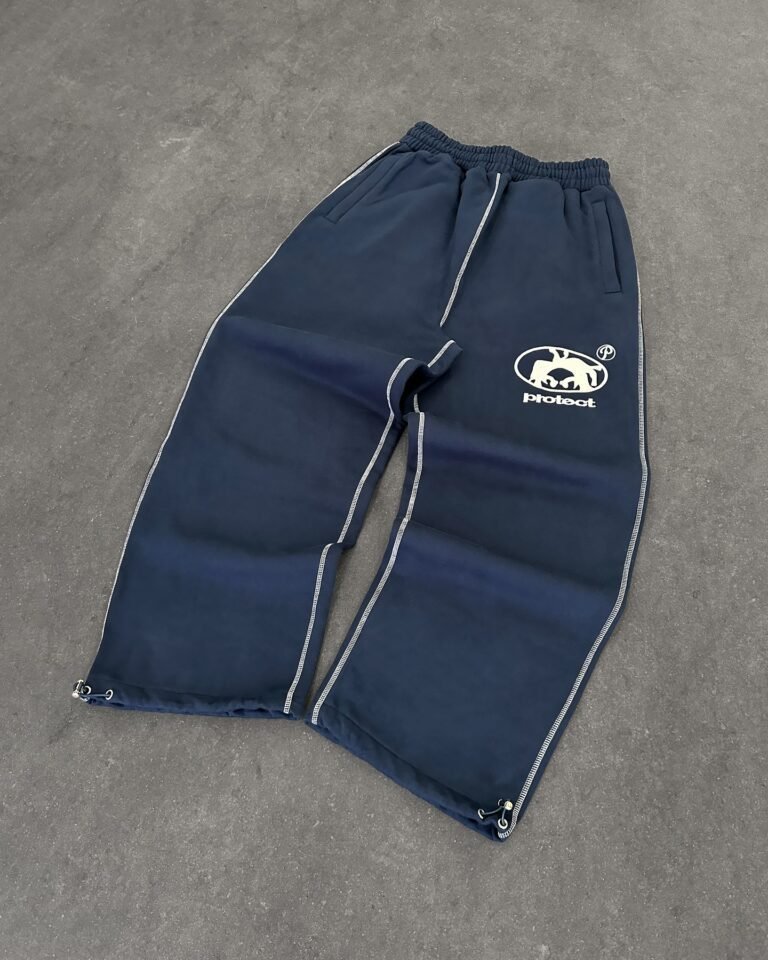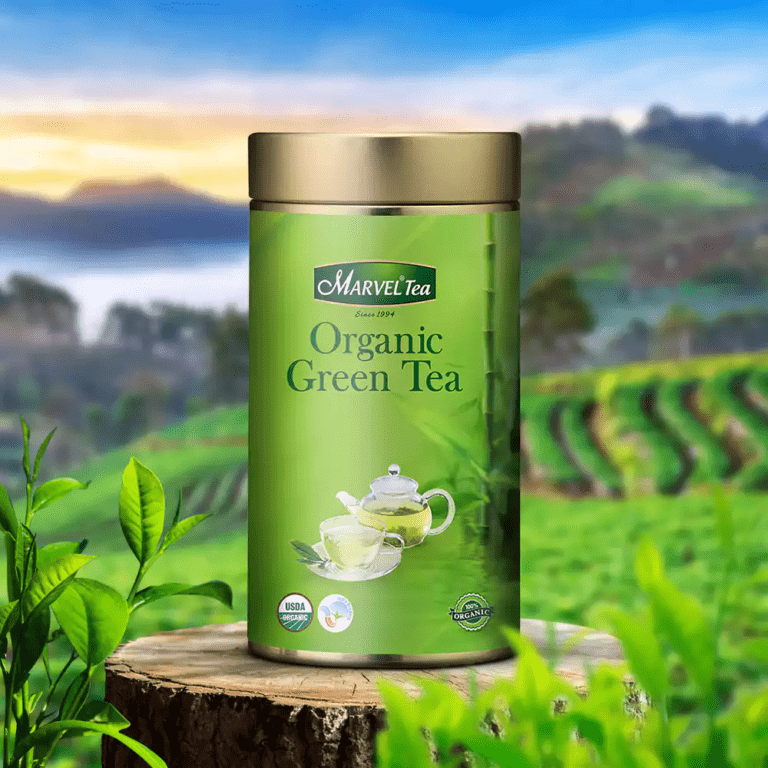Registering a trademark is an important step for any business looking to protect its brand identity, but one of the most common obstacles in this process is the identical mark objection. This occurs when a proposed trademark is deemed too similar to an existing registered mark, leading to potential rejection or legal disputes. To make sure a smooth trademark registration process, businesses must take proactive measures to avoid such objections.
The first and most key step in avoiding identical mark objections is conducting a thorough trademark search report before filing an application. A comprehensive search helps identify any existing trademarks that may conflict with the proposed mark. Businesses should check national and international trademark databases, including IP India’s trademark database for Indian applications, the USPTO’s TESS system for the United States, EUIPO’s TM view for European registrations, and WIPO’s Global Brand Database for international trademarks. Additionally, it is essential to search for phonetically similar marks (e.g., “Kwik” vs. “Quick”) and visually similar logos, as these can also lead to objections. Unregistered (common law) trademarks should not be overlooked, as some brands may have legal rights even without formal registration. To ensure accuracy, businesses may consider using professional trademark search tools or hiring an attorney to conduct a clearance search, which minimizes the risk of overlooking conflicting marks.
Choosing a distinctive and unique trademark is another vital strategy to avoid objections. Generic, descriptive, or commonly used terms are more likely to conflict with existing marks and face rejection. Strong trademarks typically fall into categories such as fanciful (invented words like “Xerox” or “Kodak”), arbitrary (unrelated to the product, like “Apple” for computers), or suggestive (hinting at the product, like “Netflix” combining “Internet” and “flicks”). On the other hand, weak trademarks include generic terms (“Best Shoes”), descriptive marks (“Fast Delivery” for courier services), and common surnames or geographical names (“Smith’s Bakery”). To enhance distinctiveness, businesses can incorporate unique design elements, such as a stylized font, logo, or tagline, which helps differentiate the mark from existing ones.
Filing the trademark in the correct class under the Nice Classification system is another key factor in avoiding trademark objection. Trademarks are categorized into 45 classes, and even if a mark is identical to another, it may still be registrable if the goods or services are unrelated. For example, “Delta” for airlines (Class 39) and “Delta” for electronics (Class 9) can coexist because they operate in different industries. Similarly, “Sunrise” for pharmaceuticals (Class 5) and “Sunrise” for hotels (Class 43) would not conflict. Businesses should carefully identify the appropriate class(es) for their products or services and consider multi-class registration if they plan to expand into different categories in the future.
If a proposed trademark is found to be similar to an existing one, modifying the mark can help avoid objections. Businesses can consider altering the spelling (e.g., “Lyft” instead of “Lift”), adding a prefix or suffix (e.g., “MyTaxi” vs. “TaxiGo”), combining words (e.g., “SnapChat” instead of “ChatNow”), or incorporating a unique logo design. A notable case study is the dispute between Britannia’s “Sunfeast” and ITC’s “Sunfest,” where the phonetic similarity led to ITC having to rebrand. Had ITC chosen a more distinct name like “SunDelight,” the objection could have been avoided.
Another critical strategy is applying for trademark registration early, especially in jurisdictions that follow a first-to-file system, such as India and the EU. In these systems, trademark rights are granted to the first applicant rather than the first user, meaning that a competitor could potentially register a similar mark first, leading to legal complications. By filing early, businesses can secure priority rights and reduce the risk of trademark opposition from later applicants. Ideally, a trademark application should be filed as soon as the brand name is finalized, even before the official launch of the product or service.
After registration, businesses should actively monitor new trademark filings to detect potential conflicts. Trademark watch services, such as TMWatch or Alt Legal, can alert businesses to similar marks that may pose a threat. If a conflicting application is identified, the trademark owner can file an opposition within the statutory period (typically 3-4 months from the mark’s publication). A well-known example is the case of Zara vs. Darveys in India, where Zara successfully opposed the registration of “Zara” for clothing, preventing brand confusion.
For more complex cases, seeking legal advice from a trademark attorney is highly recommended. An attorney can provide a risk assessment before filing, negotiate coexistence agreements with existing trademark owners, or assist in filing under “honest concurrent use” if the mark has been used without causing confusion. Legal counsel is particularly valuable when a trademark search reveals potential conflicts or when an office action or opposition notice is received.
Finally, maintaining proper trademark usage and documentation strengthens a brand’s legal position in potential disputes. Businesses should use the ™ symbol for unregistered marks and the ® symbol once the mark is registered. Keeping records of the first use date, sales, and marketing materials can serve as evidence in case of disputes. Additionally, trademarks must be renewed every 10 years in most jurisdictions to maintain protection.
Final Remarks
Avoiding identical mark objections requires a proactive and strategic approach. By conducting thorough trademark searches, choosing distinctive marks, filing in the correct classes, modifying conflicting marks, applying early, monitoring new filings, seeking legal advice when needed, and maintaining proper documentation, businesses can minimize the risk of objections and ensure a smooth trademark registration process. Taking these steps not only secures legal protection but also safeguards the brand’s identity and reputation in the long run.

















